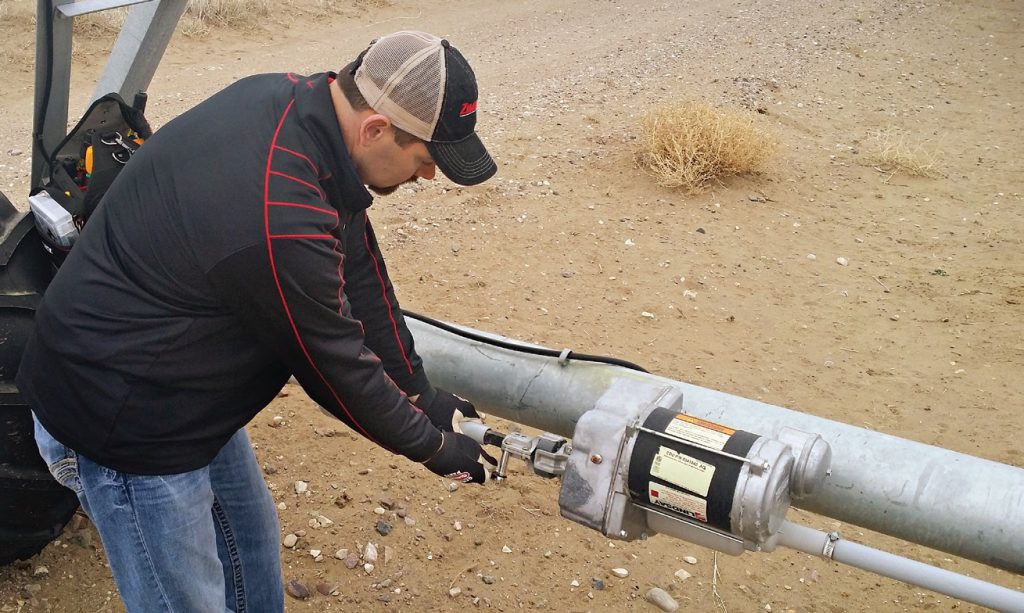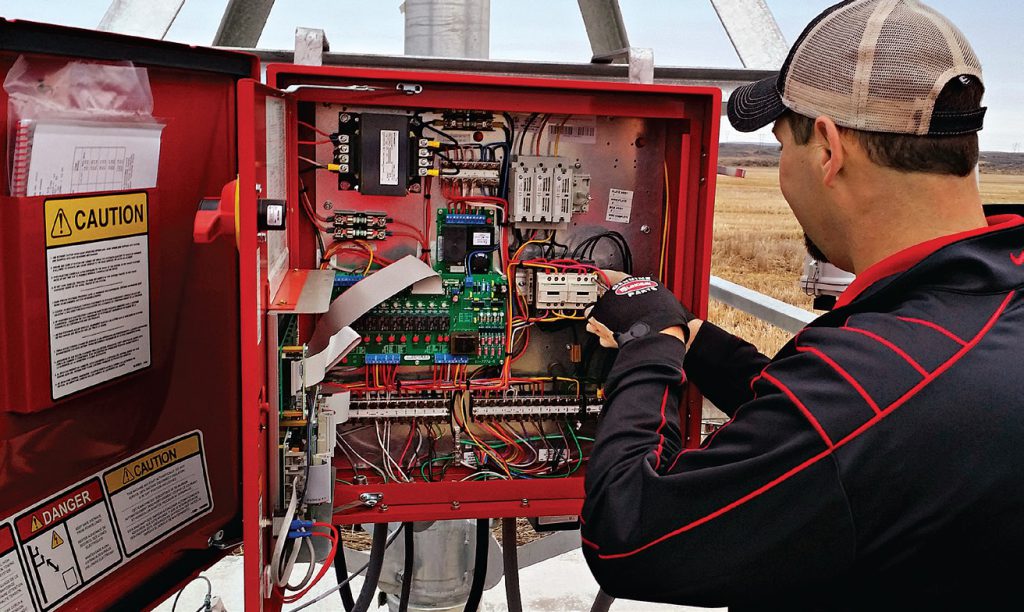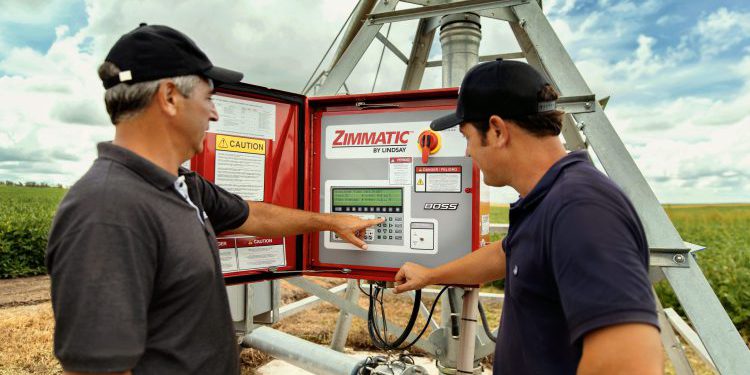As a grower, you know the importance of having a reliable irrigation system in your arsenal of farming equipment. It not only makes watering crops more efficient, but it also helps save valuable time and resources for your operation. But just like any equipment, you need to make sure you’re taking the proper care of it—no matter how strong or durable it is.
Bruno Perroni, Marketing Manager for EMEA & APAC for Lindsay, has some tips on maintenance and maximizing the life of your machine. Some of the strategies you may already be putting into practice, and some you may not be thinking about yet. Read on to find what they all are.

1. Perform regular maintenance on your irrigation system
Every grower is working against the clock, which means there is no time for downtime. That’s why regular maintenance of your machine is key to ensuring your machine stays in top working condition throughout the season.
According to Bruno Perroni, before the season is a busy time for growers. From planters to tractors to irrigation equipment, growers have a lot of pre-season maintenance to take care of, but a quick, visual inspection of the system before spring field work could prevent major, mid-season headaches.
“The pre-season check along with an off-season maintenance program provided by your dealer will ensure your irrigation machine operates in peak condition.”, Perroni said.
Perroni also recommends checking the following components:
- Pivot Point – Make sure the pivot cables are securely connected, greasing and any drain plugs have been reinserted
- End gun – Make sure all plumbing is intact and appears to be in good working condition. Also, check for rodent damage, degradation of tubing and plugged plumbing
- Driveline – Check the air pressure and visually inspect tires at the last tower for any signs of wear. Also, check the seals on the wheel gearboxes and center drive for signs of leakage, and repair or replace as necessary. And, if not done during the off-season, drain water from the bottom of these units and refill with oil
- Sprinklers – Inspect the entire system for missing or damaged sprinklers and repair or replace as necessary.
- Electrical – Apply power to the system and check for proper operation in both directions
2. Replace parts that are wearing out or malfunctioning
With more routine maintenance and machine scans, you should be able to pinpoint any issues early. This not only helps get the most out of your machine, but it also keeps your irrigation system performing at its best all season long—today and down the road.
When it comes to replacing parts, be sure to check all hoses and other components for signs of wear and tear. You should also inspect any moving parts for signs of corrosion or damage that can lead to a decrease in efficiency. If any components need replacing, replace them with ones made specifically for the machine model you have.
3. Keep an eye on water
We often talk about water in terms of monitoring, managing and conserving it. However, when it comes to your machine, you also want to think about things like proper drainage of water in the pipes or watching for water ingress on gearboxes.
What else can water tell you about your machine? Well, changes in color, odor or clarity of the water could be an indicator of potential contaminants or other issues affecting your system. Wet spots or drips around the base of the machine could indicate a leak. And flow issues could be a sign of debris, buildup or a clog in pipes or sprinklers.
With proper monitoring and maintenance though—like inspecting your system pre and post season or cleaning out nozzles and filters regularly—you can ensure that your pivot irrigation machines stay in optimal condition throughout its lifespan, said Perroni.
4. Regularly lubricate your machine
“A good irrigation system doesn’t take very much. Just ensuring that the moving parts are properly lubricated goes a long way,” says Perroni.
Lubrication plays an important role in prolonging the life of your machine. A well-lubricated pivot will run smoothly and use less energy, meaning it will last longer with less wear and tear. So, be sure to regularly lubricate all bearings, gearboxes, drums and pivots. The frequency of lubrication depends on the system’s use level, sun exposure and weather conditions.
Additionally, be sure that all filters are clean and functioning properly. The filters should be checked at least once a month and replaced if necessary.
5. Schedule annual maintenance inspections with your dealer
Maintenance inspections aren’t just for when there’s a problem. Bruno Perroni encourages growers to think of “annual system inspections as a preventative measure.” He continues by saying, “it’s the little things you notice which prevent the bigger issues. Tires running low on air, drivetrain couplers showing wear, drain plugs not draining, exposed wiring, rodent damage.”
These inspections help detect issues before they become major problems, thus saving you significant repair costs. Inspect all gearboxes, drives, tires and electrical wires, starting from the center drive and moving outward. This guarantees that the whole system is checked, and all problems are identified and fixed quickly.
By following these five tips and strategies, you can help extend the life of your pivot irrigation system and keep it functioning at peak performance for decades to come. If you ever have questions on how to maximize the life of your machine, or are ready to schedule an annual inspection, remember that your local Zimmatic dealer is always here for you and your operation.




